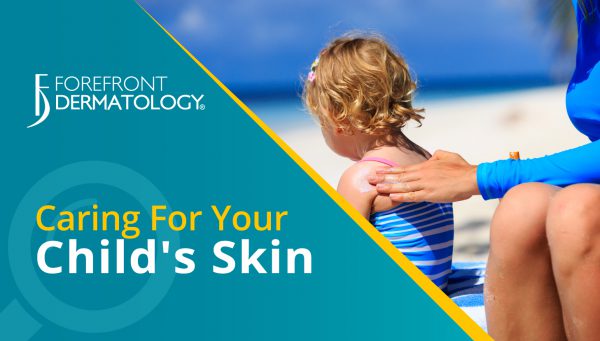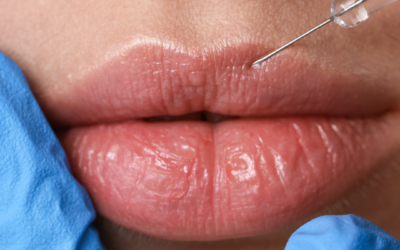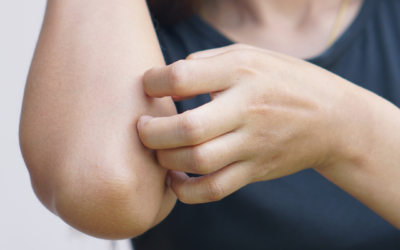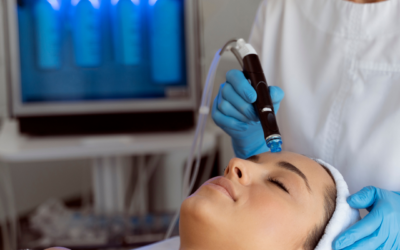
When it comes to your child’s skin, you can depend on one thing: at some point in the first year of life, it’s bound to end up a little red, bumpy or dry. Most parents ask why? Infants are susceptible to multiple skin issues because while our skin acts a protective barrier against environmental elements it can take up to a year for it to function properly. According to Dr. Susan Keiler, board-certified pediatric dermatologist with Forefront Dermatology, here are the three most common questions she gets asked by concerned parents:
Does my baby have a rash?
One of the most common skin conditions for children is eczema – a red, itchy rash, or patch of dry skin. Eczema commonly affects around 10 percent of all infants and children under the age of 5. The exact cause is not known, but it can be triggered from a combination of family heredity and a variety of conditions in everyday life. Eczema commonly affects the inside of the elbows, back of the knees and face. While you can’t prevent eczema from occurring, you can reduce dry skin and risk of eczema flares. I highly suggest to:
• Avoid giving your child hot baths
• Recommend short (5-10 minutes) baths followed by use of a thick moisturizer within 3-5 minutes to the entire body
• Avoid using scented soaps
• Dress your child in soft clothes that “breathe,” such as those made from cotton
• Apply moisturizing ointments to your child’s skin regularly
• Apply cool compresses on the irritated areas of skin to ease itching
• Keep your child’s fingernails short to minimize any skin damage caused by scratching
Is that acne on my baby’s face?
While most people associate acne with teenagers, it can happen at any age – even on an infant.
There are two main types of acne. Neonatal acne occurs before 6 weeks of age and happens to approximately 20 percent of newborns. If your newborn has acne, you’ll usually see breakouts on your baby’s cheeks and nose, but it can also appear on the forehead, chin, scalp, neck, back or chest. The second type of acne develops after 6 weeks of age and is referred to as infantile acne. If your baby develops acne after 6 weeks of age, you’ll want to see a board-certified dermatologist to ensure that it is acne, rule out any other possible skin conditions, and to determine what products may be causing the condition.
Why is my baby’s scalp peeling?
Cradle cap, also known as seborrheic dermatitis, is a skin condition that causes crusty or oily, scaly patches on a baby’s scalp. It is common in newborns and doesn’t cause any pain or itchiness to the child. It will typically clear up on its own within a few months if you wash your baby’s scalp daily with a mild shampoo. If it persists or seems severe, a dermatologist will be able to provide a medicated shampoo or lotion to help treat the condition.
Seeing your child go through a skin issue can be alarming to any parent, but it doesn’t have to be something you go through alone. If you are ever concerned about your child’s skin condition seek help from a local skin care expert who will not only provide you with a treatment plan, but also put your mind at ease.
Skin Struggles?
At Forefront Dermatology, we know that life is all about the moments when you don’t need us. That’s why we’re here for all the moments when you do. We offer comprehensive and compassionate care for all skin conditions and create customized treatment plans for all ages – even the tiniest of patients! Find a location near you today.





